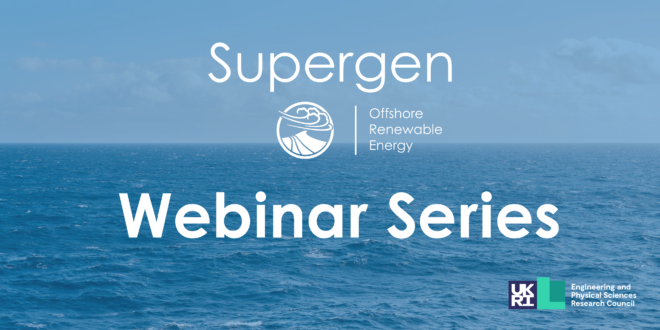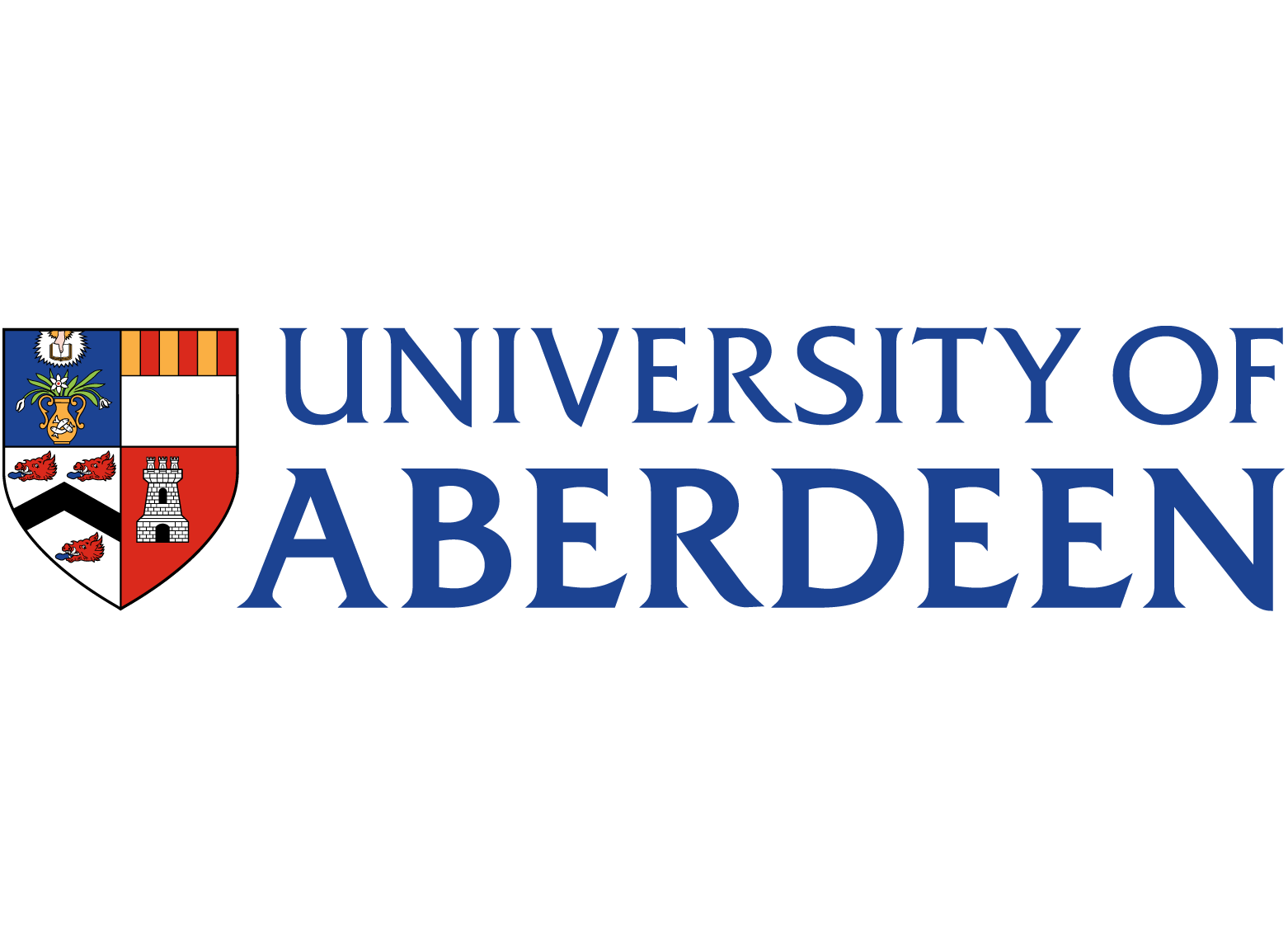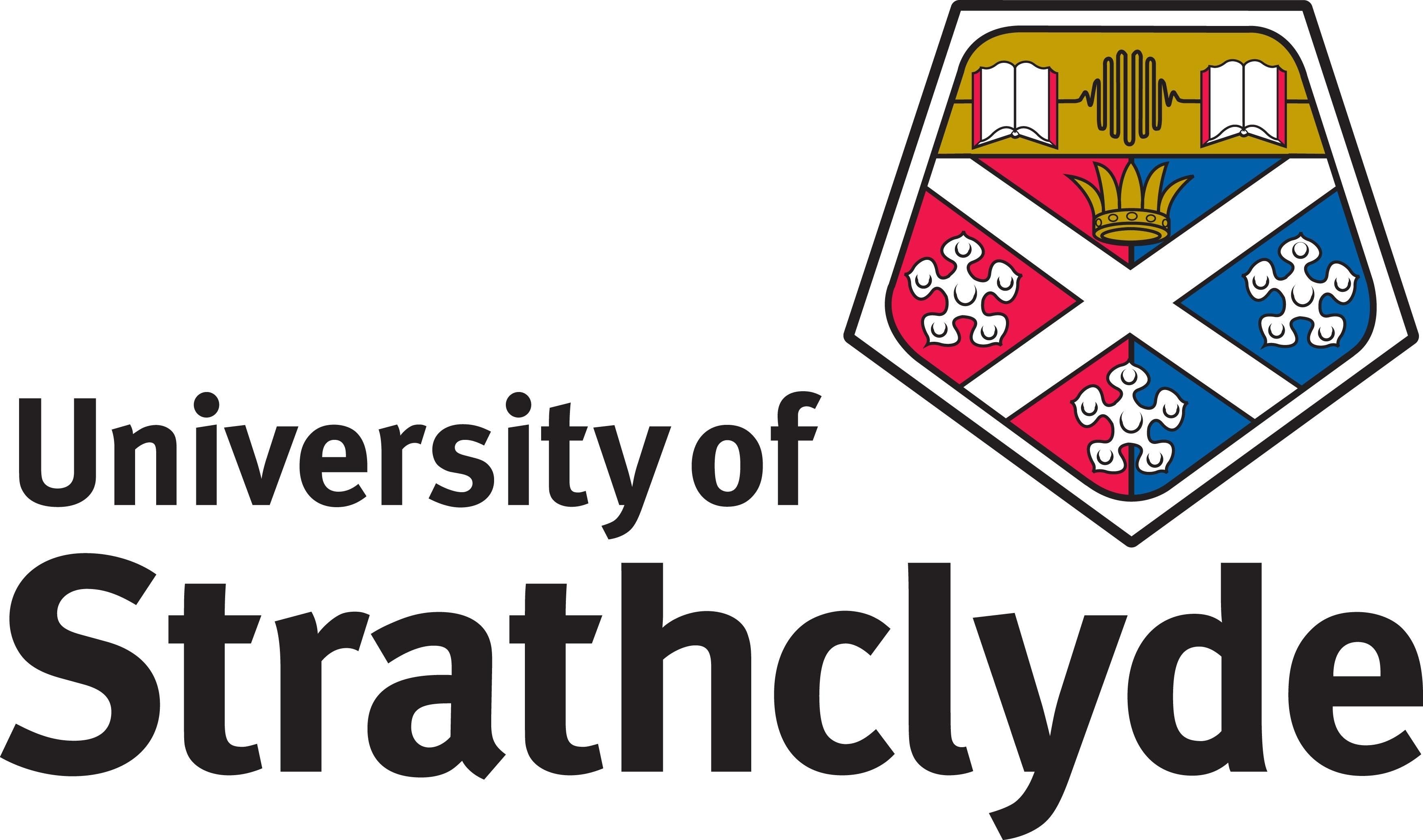Monopiles foundations for offshore wind turbines are subject to significant cyclic loading over their design life. This loading, caused by wind and waves, is highly variable, with loading concentrated in high intensity storm events. Predicting the accumulated rotations and cyclic secant stiffness changes due to these storm events is critical to designing monopiles for serviceability. However, existing modelling approaches are either limited to idealised sinusoidal loading that doesn’t accurately reflect realistic load cases or require field test results to calibrate properly, impractically expensive for routine design. An ideal modelling approach would be calibrated with routinely obtained cyclic laboratory testing but allow predictions of the response to realistic storm loading. In this work, two existing models will be combined to achieve this.
Cyclic simple-shear tests will be conducted at the Norwegian Geotechnical Institute (NGI) geotechnical laboratory in Oslo, Norway. These will be characterised using 3D contour diagrams and input into the NGI UnDrained Cyclic Accumulation Model (UDCAM) to determine the response of a monopile foundation under various idealised sinusoidal cyclic loading conditions. These results will then be used to calibrate a 0D Hyperplastic Accelerated Ratcheting Model (HARM) that can directly predict monopile behaviour under realistic storms loading.











